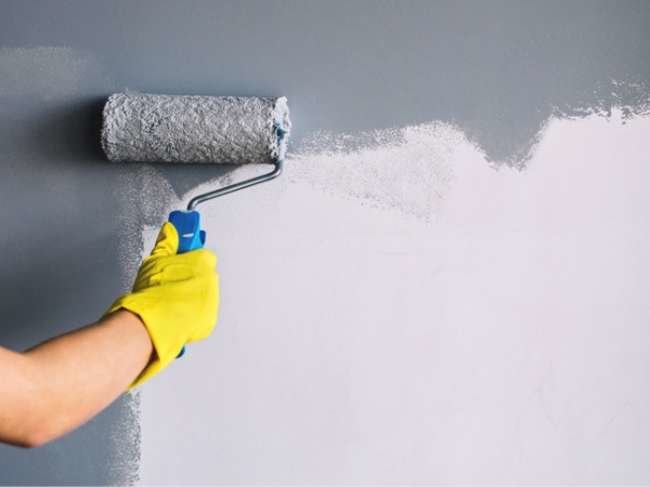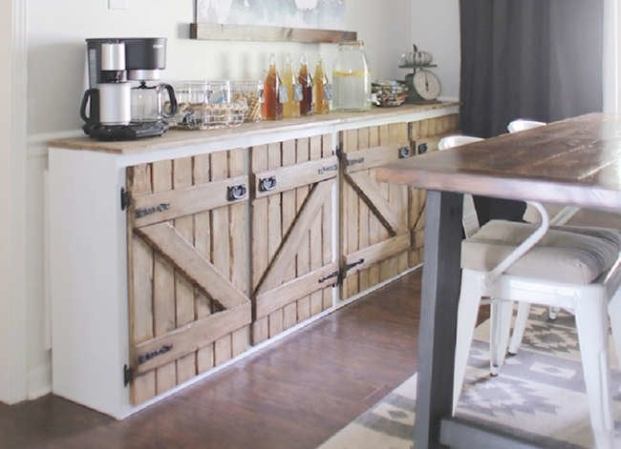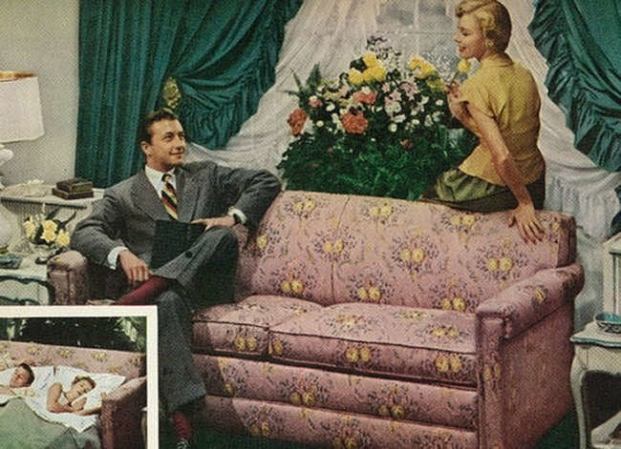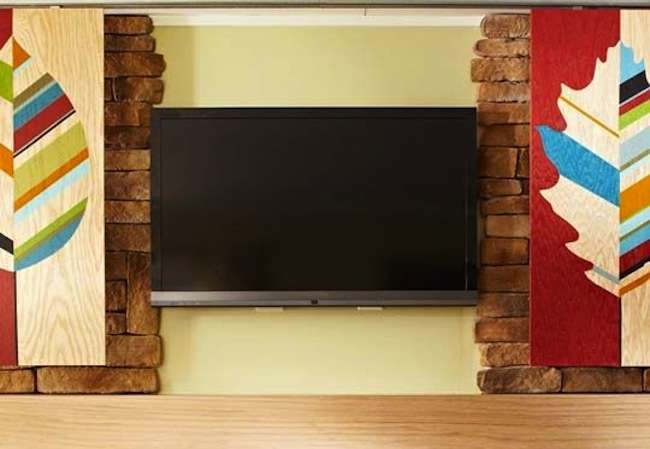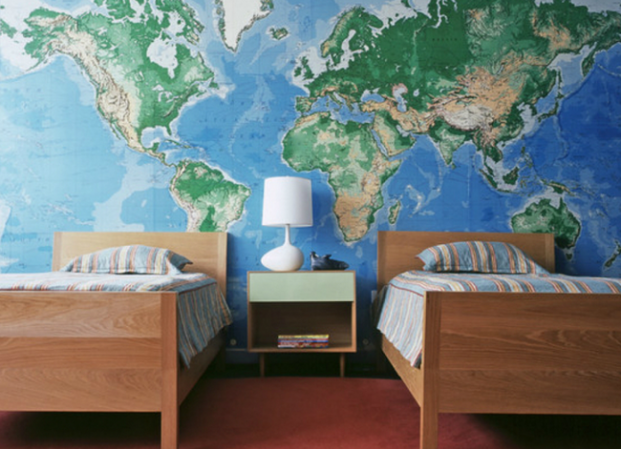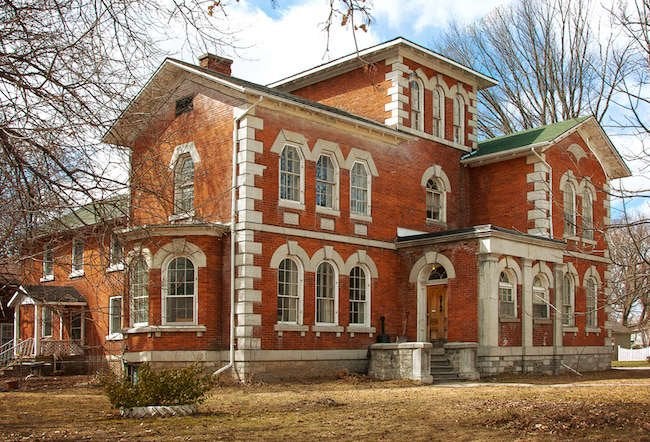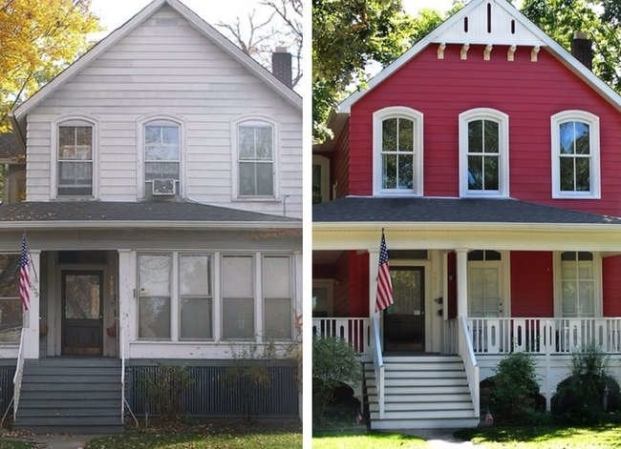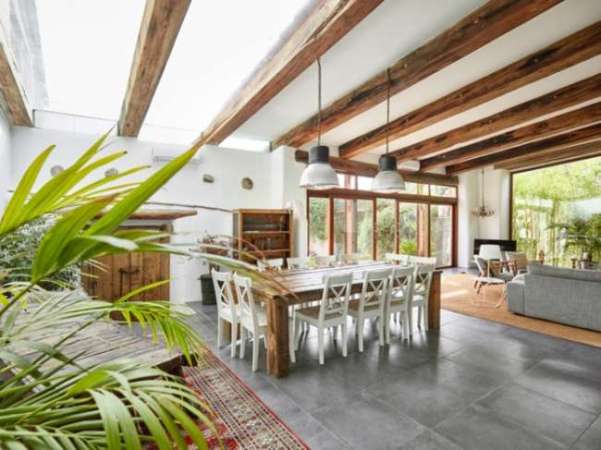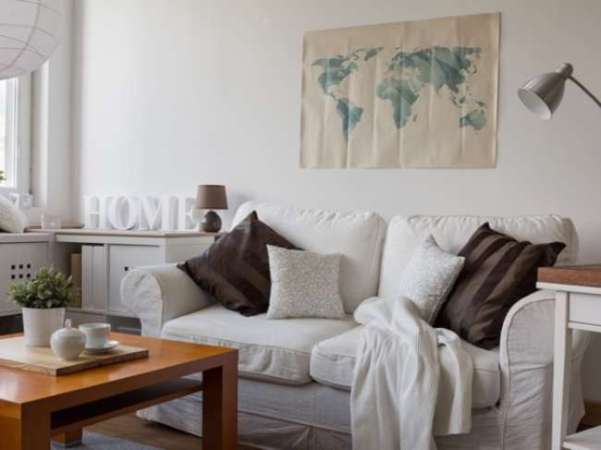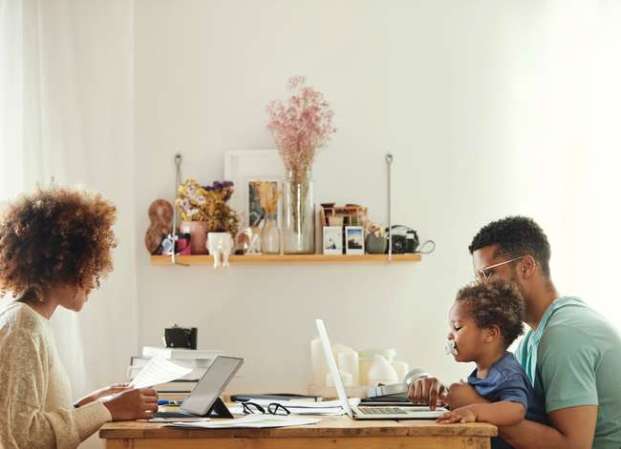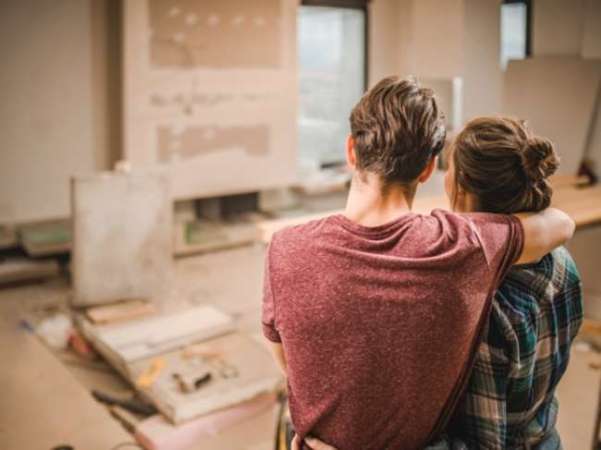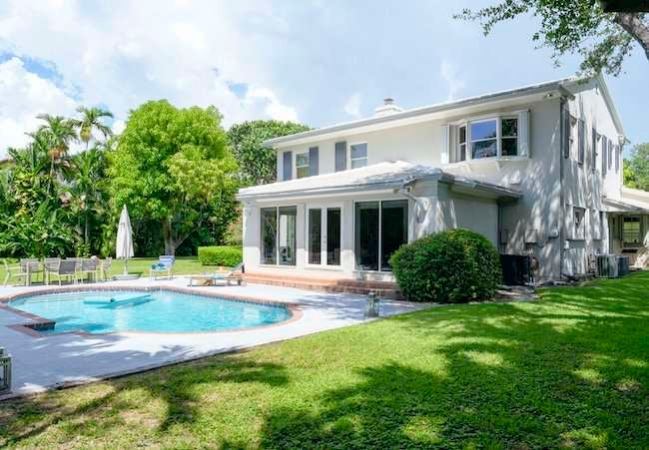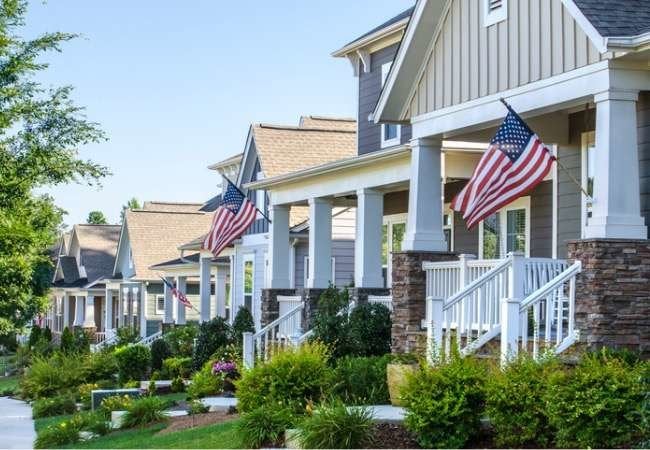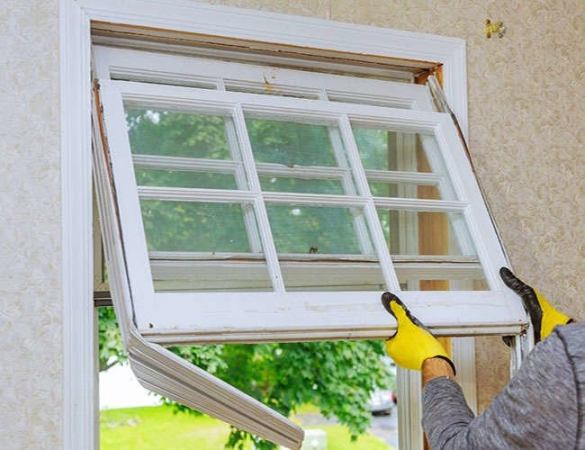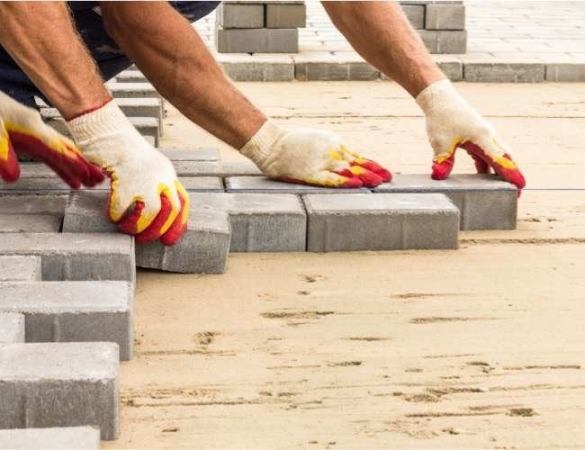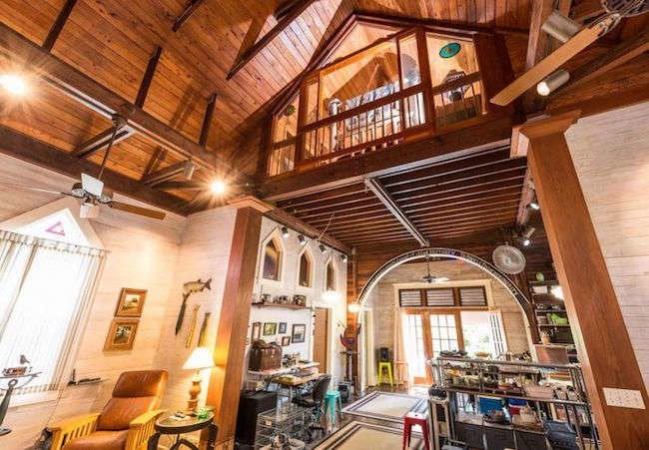We may earn revenue from the products available on this page and participate in affiliate programs. Learn More ›
Shifting Styles and Renovation Regrets
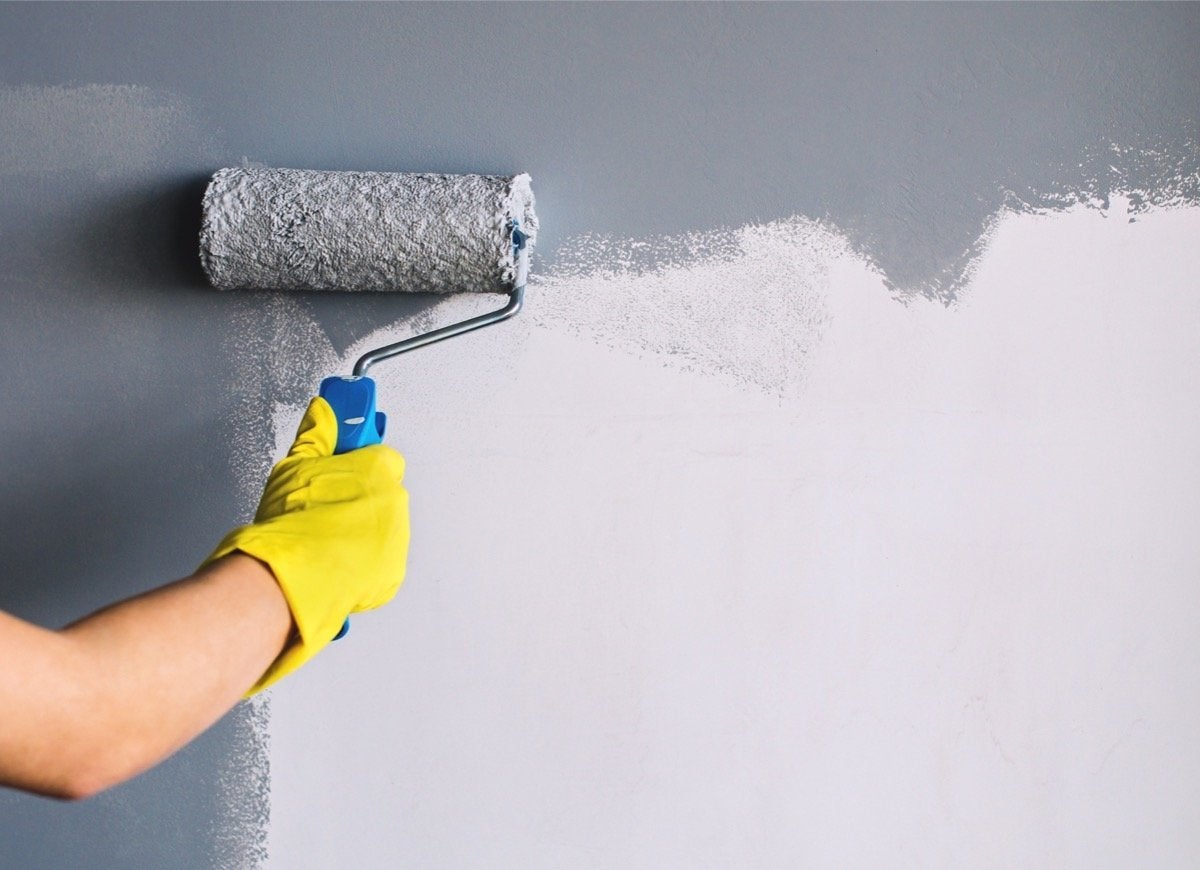
Home renovation and decorating are exciting projects, and there’s so much to choose from when you’re in the moment of planning one. Trouble is, if you allow yourself to be swayed by design-forward trends, you may be sorry down the road. Within a decade you could become bored by the outdated look or less-than-functional addition. Or, perhaps more of a wallop to your wallet, you may find that prospective home buyers are turned off by what you did when you’re ready to sell your home. The amount of time and money invested into even modest renovations can be substantial, so unless you’re realizing a dream for you “forever home,” give some thought to what return on investment the project will—or won’t—generate when the house sells. Before you get carried away, click through these 10 design decisions you may very well rue a decade from now.
Swimming Pool
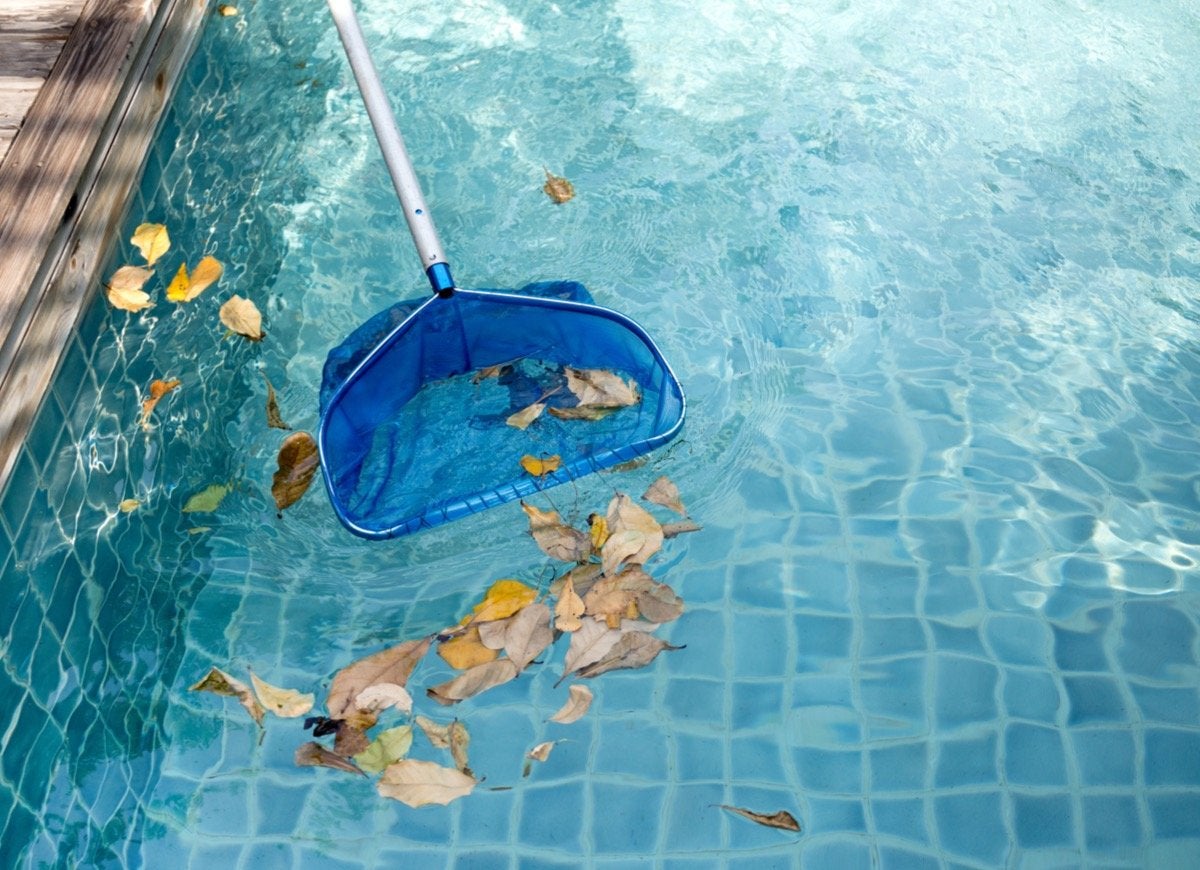
A swimming pool is a popular hotspot for summertime parties, romantic dips with your partner, and just staying in shape. But purchasing a place with a pool, or installing one in your backyard, can be a financial drain from the get-go—and could come back to haunt you when you put the house on the market. Maintenance (including professional service, chemicals to balance the water’s pH, and accessories) averages about $750 per month during seasons that the pool is in use, and if you opt to take care of it yourself, you’ll need to give it plenty of time and attention to keep it in shape for swimmers. And while a pool may attract some prospective buyers, it’s bound to deter folks who have young children or pets. To offset safety concerns, consider putting a protective fence around the pool, installing a safety cover, and applying non-slip material around the edges.
All-White Decor
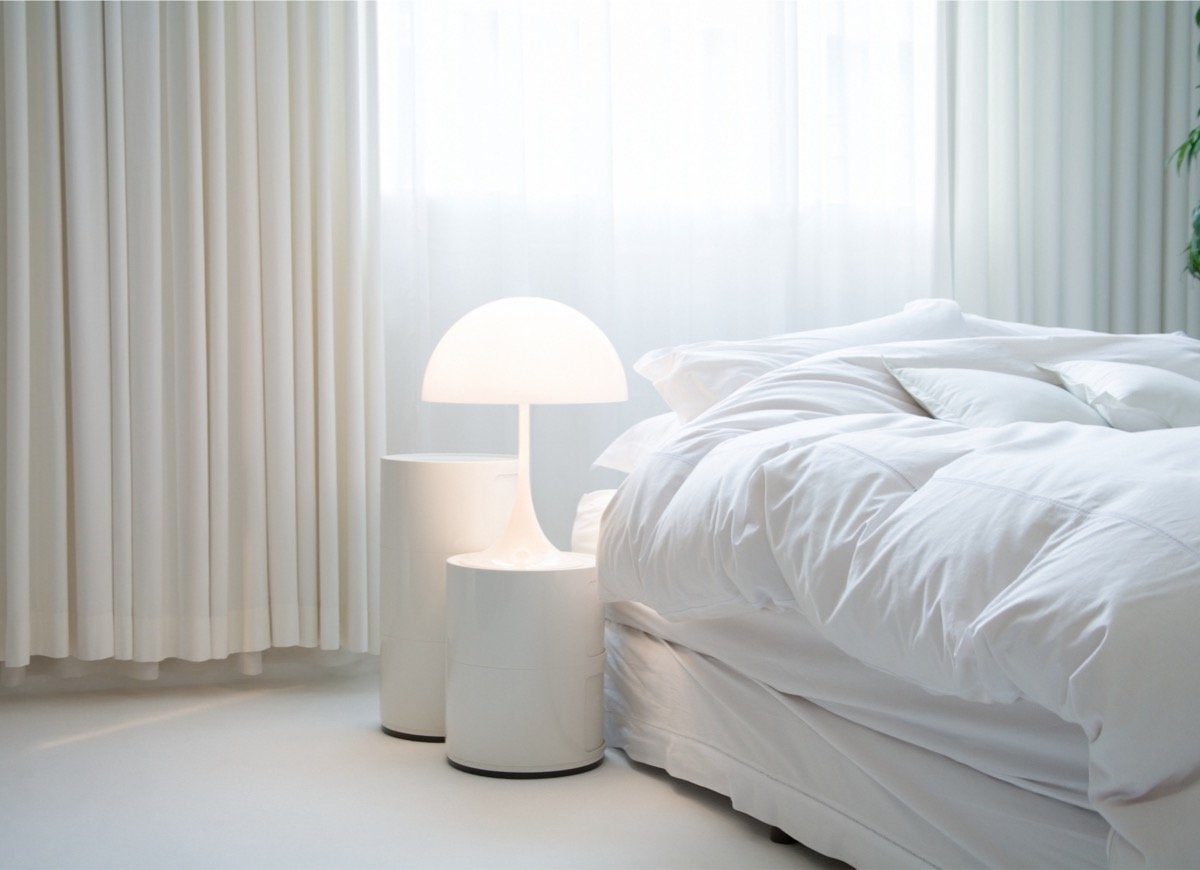
White is classic, and it helps give the illusion of a larger space. But all-white decor is incredibly demanding upkeep-wise. Dirt, oil, and food stains show up starkly on white surfaces. So that huge expanse of white that’s so attractive on a design website will force you into a relentless cycle of cleaning walls, floors, counters, cabinets, and appliances. Who wants that? Not you—or anyone otherwise interested in buying your house! So it’s no surprise that the all-white trend is on its way out, as designers move toward colored cabinets, stone counters, and patterned flooring. If you like white, consider using it as an accent to bold colors. A pattern that uses a majority of dark colors or shades can benefit from a few carefully placed white tiles that will really make a kitchen or bathroom stand out.
Related: 7 Things You Need to Know Before Painting Your Walls White
Single-Use Spaces
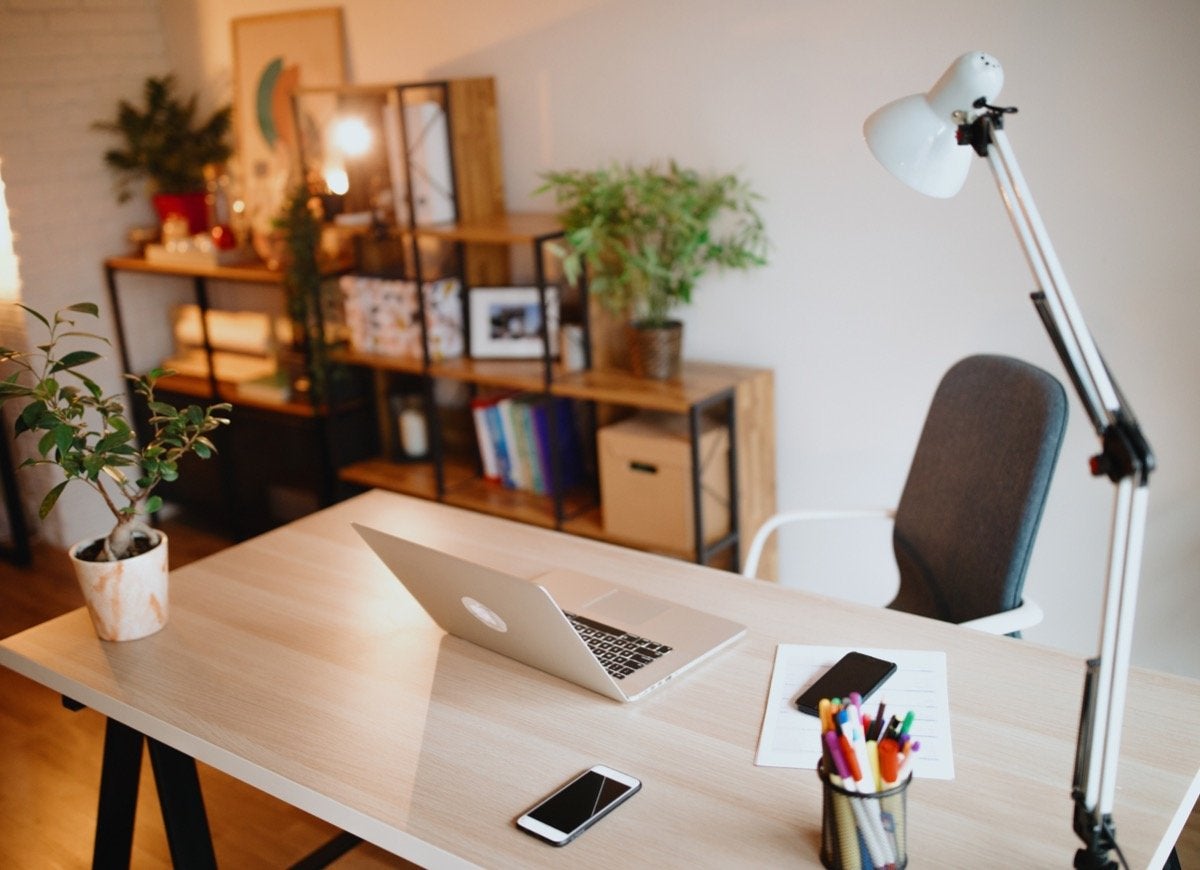
Now more than ever, people prefer multipurpose dwellings where they can enjoy various different activities. So single-use spaces like a formal dining room and dedicated home office are falling by the wayside in favor of renovations that create eat- and entertain-in kitchens, basement media rooms that include a fitness area, and walk-in closets that double as a study or meditation nook. Modern home design is moving away from formality and toward a more casual, open look and convenient, efficient functionality.
Related: 11 Ideas for Working Remotely When You Don’t Have a Home Office
Concrete Countertops
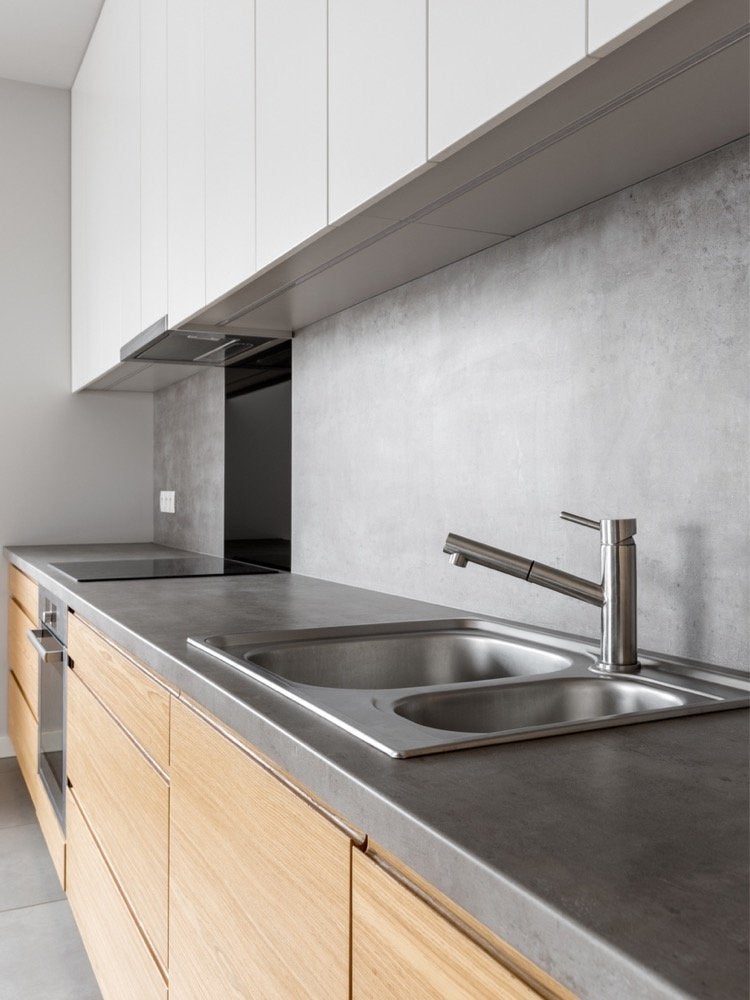
Concrete countertops have had a moderate rise in popularity in recent years due to their unique look, but performance issues are likely to push them out of the picture pretty soon. Concrete is porous, so unless it is resealed regularly, concrete countertops will soak up stains and display them for years to come. Concrete countertops can crack over time, as they are more susceptible to expanding when moisture is absorbed and shrinking with the dehydration that follows. They’re also incompatible with fragile flatware: A plate that survives a fall on a laminate countertop may break when dropped on a hard material such as concrete.
Barn Doors
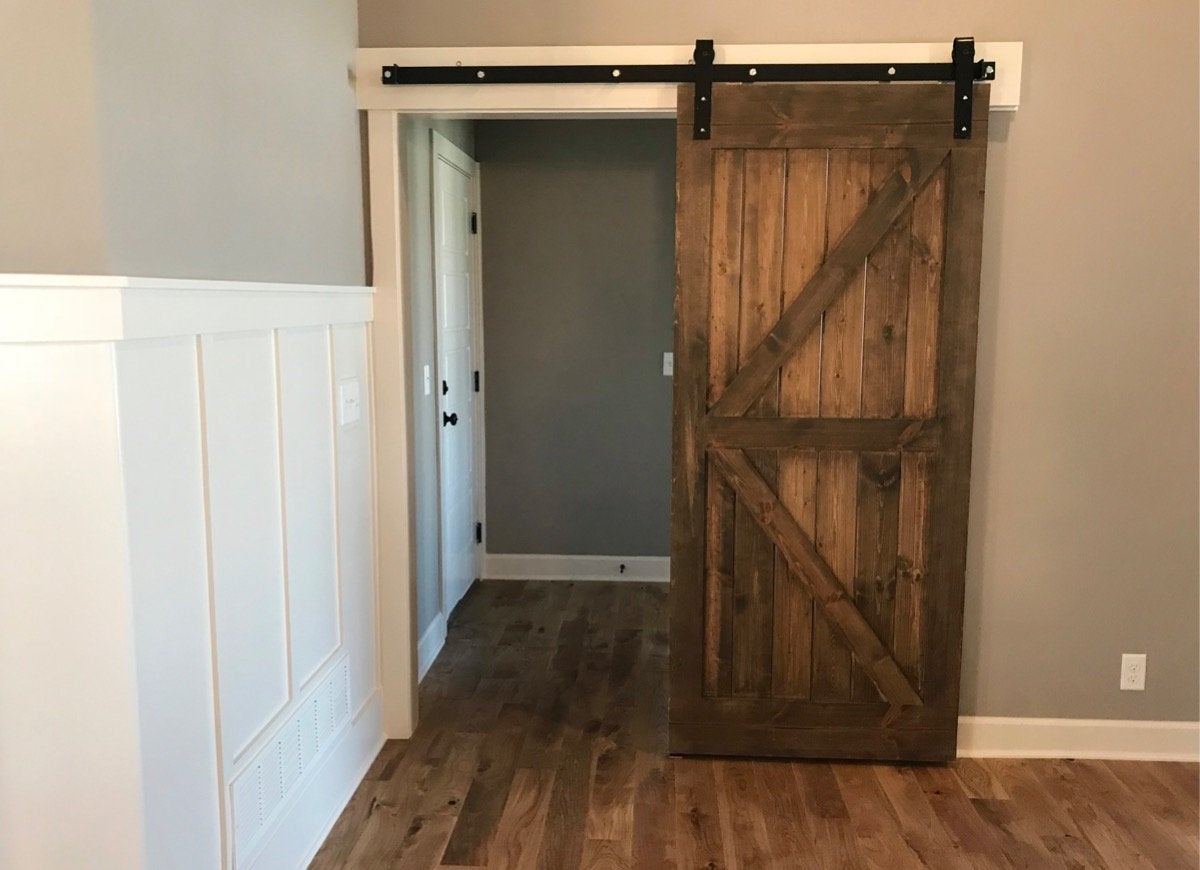
Sliding barn doors lend a rustic look now on-trend in modern farmhouse, country cottage, and other casual interior design styles. They’re being used all over—for a pantry or laundry room, to separate a sitting area in a master bedroom, as a bathroom door, even in kids’ playrooms. Unfortunately, barn doors have become so ubiquitous, their once-unique feel is now tiresome. Homeowners have also found that barn doors are ineffective at blocking sound between rooms, another reason to leave them on the barn where they belong.
Accent Walls
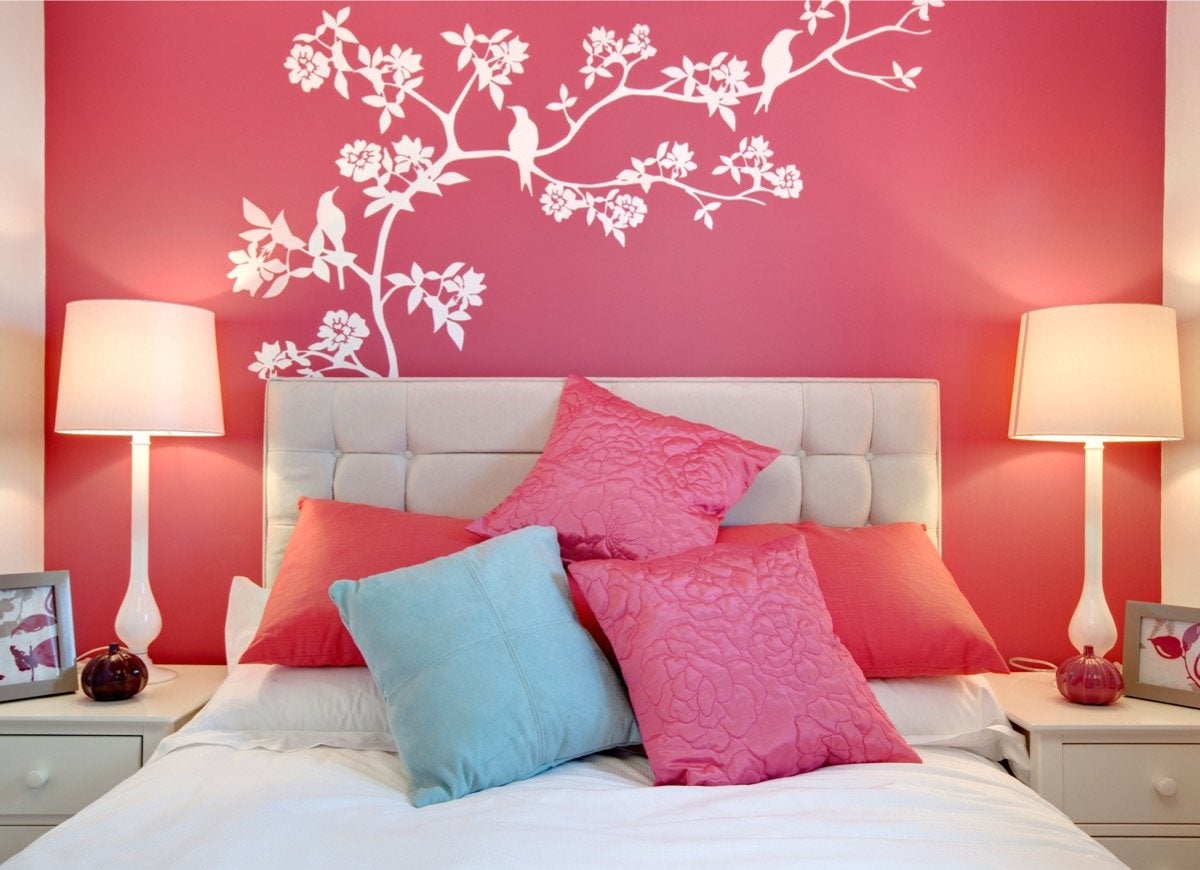
A single wall or a portion of walls painted a different—often bolder—color than the rest of the room helps to make focal features, like a fireplace, stand out and truly orient the space. While designers touted accent walls as a way to make an interior “pop,” there’s now a shift toward a more uniform look, with bold colors on all four walls to unify the room. If you like the idea of an accent wall, do it in wallpaper instead of paint, since the pattern itself can function as a large art piece. But since wallpaper accent walls will likely follow their painted counterparts into the “out!” column, go with an easy-to-remove peel-and-stick option.
Brass Plumbing Fixtures
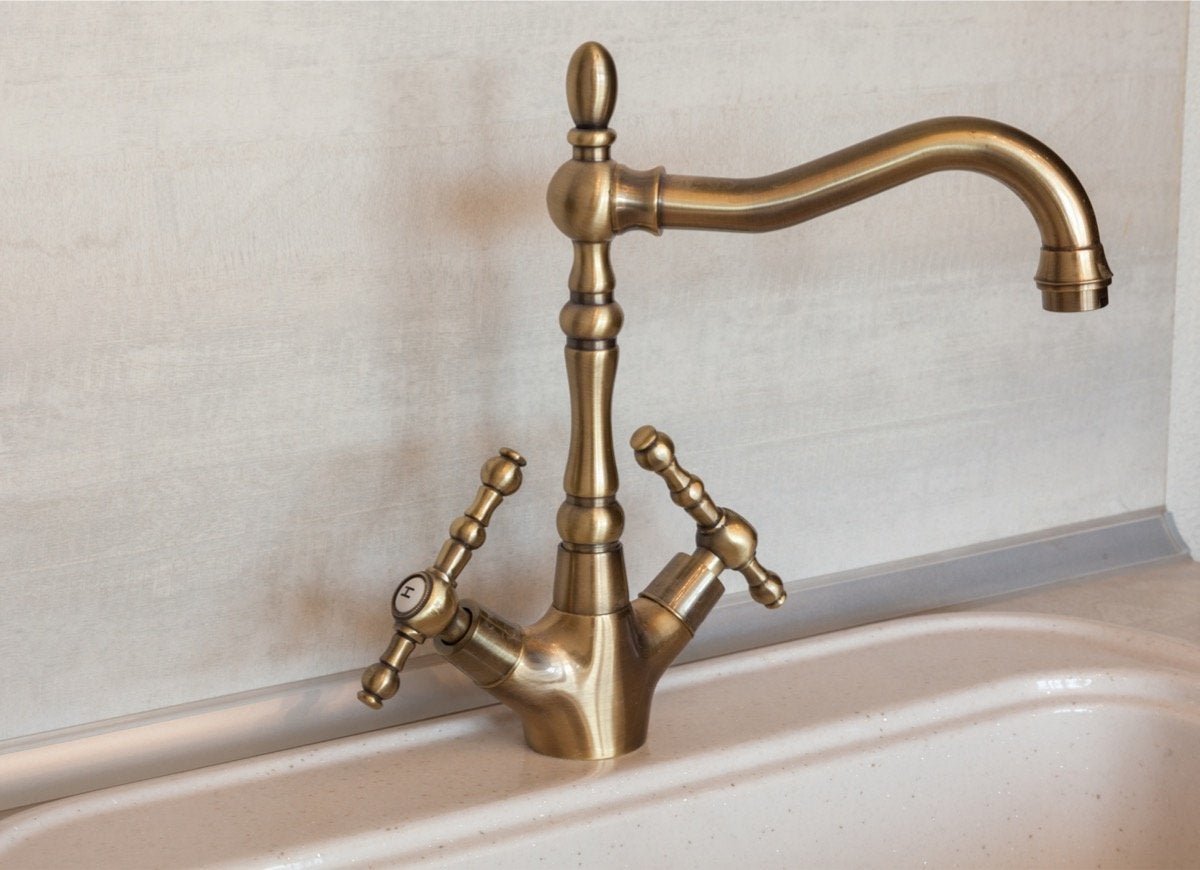
Updating plumbing fixtures—such as faucets, side sprayers, and shower heads—in the bathroom or kitchen can breathe new vitality into the space. But specialty metals such as brass, today’s most wanted material, are often pricier, and can cost more for repairs because plumbers must take more time with these materials to avoid damages. What’s more, the market is particularly fickle when it comes to specialty fixtures, so while brass is the must of the moment, rose gold and brushed bronze held that spot just a few years ago. If you’re redoing your kitchen or bath, opt for a chrome or stainless steel finish, which won’t make as much of a statement but won’t go out of style quickly either.
Converted Garage

According to MarketWatch, 74 percent of home buyers consider a garage to be important—but for the most part these folks want a place for their vehicle and additional storage. They’re not looking for a media space, mother-in-law suite, or other arrangement that you might dream of converting your garage into. The cost of converting a garage ranges between about $6,000 and $21,000 according to Home Advisor—a pretty pricy project, especially if installing heat, wiring, and plumbing. Before converting a garage (or any space, for that matter) consider whether a future buyer will bring you a return on that investment.
Separate Sunroom

A sunroom (aka a solarium) is designed to allow a lots of sunlight to pour into the room, so people who live in cold climates may take a shine to them. That said, the average cost to build a sunroom is just over $30,000, according to HomeAdvisor—and it’s unlikely that you’ll get more than half that amount in return when you sell. In fact, the addition of a sunroom can also deter potential buyers who see it as unnecessary—a room they don’t want to pay more for up front, or maintain over time.

